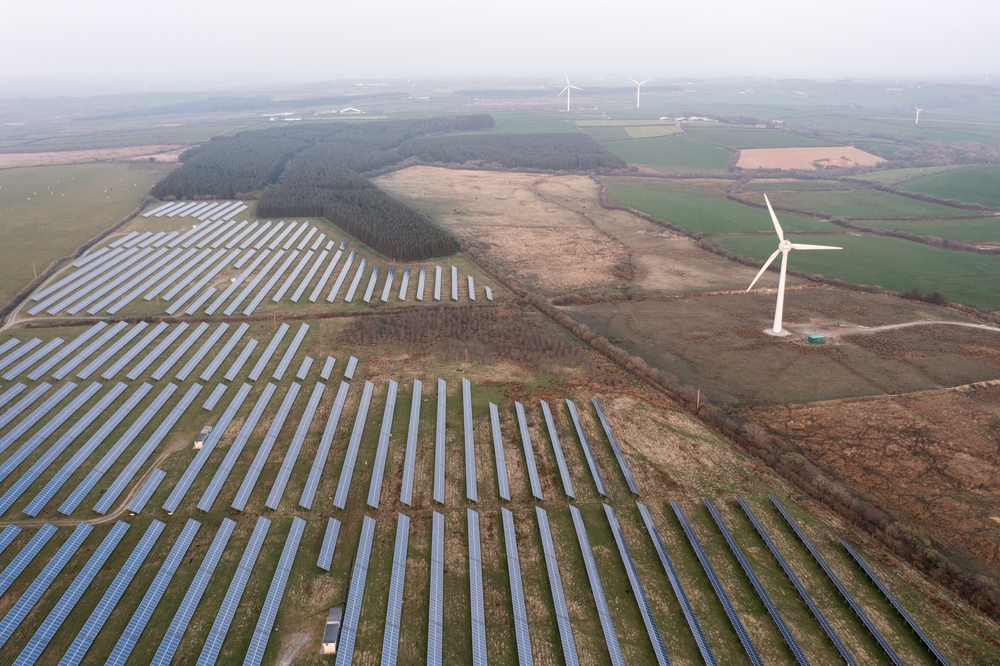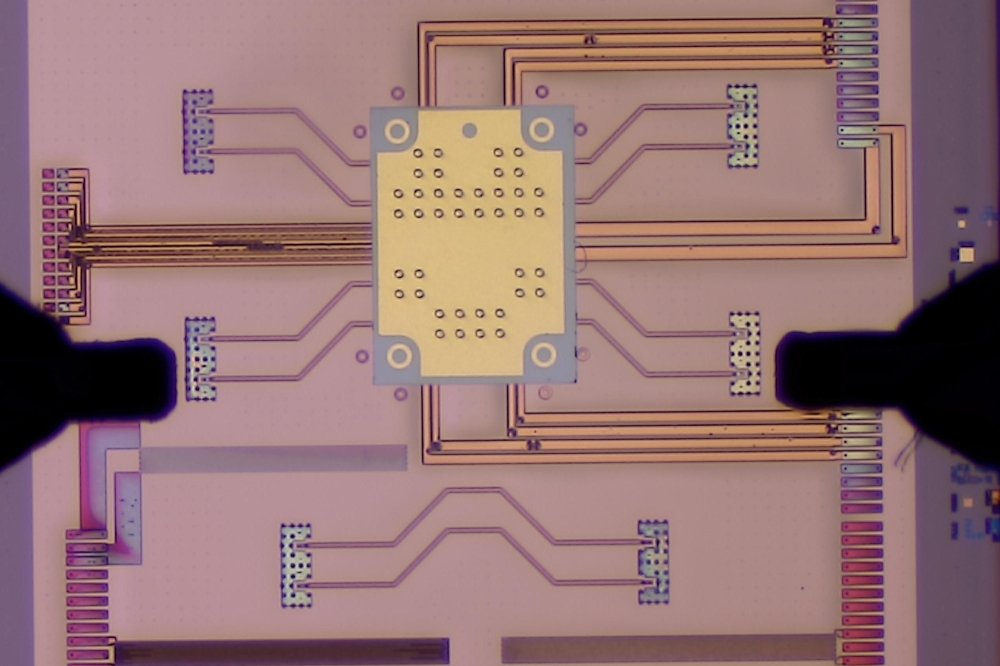III-Vs innovate for future optical communications
The current economic downturn in the optical communications industry has seen manufacturers scale back production as excess fiber capacity is utilized and large component inventories work through the system. Spending on research and development, however, is seen as crucial in ensuring that companies emerge from the recession in a good position to compete for a share of the market in next-generation products. The number of impressive results across a wide range of device types is evidence that this is exactly what is happening behind the gloomy headlines.
Planar lightwave circuits A plenary talk given by Kristian Stubkjaer from the Technical University of Denmark set the scene for the conference. The optical communications industry has grown over the last 20 years as a result of the ability to mass-produce single-mode fiber, long-wavelength laser diodes and the fiber amplifier. The development of wavelength- and time-division multiplexing (WDM and TDM) technologies and related components has allowed the same fundamental infrastructure to transmit and receive more information. The main issues in implementing these technologies are component non-linearities and compatibility with amplifier technology, together with fiber dispersion losses. The resulting solutions are showing a general trend towards further integration of components. Since WDM and TDM techniques are suited for steady-state traffic, a need for an all-optical packet-switching layer, at the edge of the optical to electronic conversion domain, has also developed. This packet-switching layer would consist of all-optical gates, such as semiconductor optical amplifiers (SOAs), combined with interferometers, and requires some form of all-optical random access memory. Such an optical-switching layer is therefore a source of inspiration (and perspiration) for work on planar lightwave circuits. Arrayed waveguide gratings M Smit from Eindhoven University of Technology described developments in monolithically integrated InP arrayed waveguide grating (AWG) circuit functionality. The AWG consists of two multiport couplers interconnected by an array of waveguides, and is used as a mux/demux in WDM systems or as a static router (figure 1). Most of the key components for WDM applications can be realized from a combination of AWGs, SOAs and optical switches. Rival silica-on-silicon AWGs currently have lower crosstalk than InP AWGs, but the ability to integrate active optoelectronic functionality in InP will potentially lower overall module losses and manufacturing costs. The smaller InP AWG size (100 times smaller) results in greater switching speeds than silica-on-silicon devices, making InP AWGs suitable for packet-switching applications.
An example of a zero insertion loss, monolithically integrated, 64-channel selector was presented by N Kikuchi of NTT Photonics Laboratories. Using the novel architecture of a front 1 x 8 AWG, followed by a rear 8 x 8 AWG, only 16 SOA gates were needed to switch all 64 channels. Edge-emitting lasers A four wavelength (400 GHz spacing) 1550 nm InGaAsP ridge-waveguide laser array based on a DFB grating design with excellent single-mode operation and >10 mW output power was reported by J Kreissl of the Heinrich-Hertz Institute (HHI) in Berlin. A 60% array yield was achieved by using precision control of the phase-shifted index gratings.
Buried heterostructure InP laser diode devices for high-speed 1550 nm applications were reported by S Bouchoule of CNRS in France. The devices were grown using selective-area MOVPE, and incorporated a low capacitance InAlAs diffusion-blocking layer. The device gave performance parameters identical to those of unburied structures; the lasing threshold current was 450 A/cm2 and the internal efficiency was 65%.
A record CW power output of 450 mW at 1310 nm was reported by R Menna of Princeton Lightwave for an InGaAsP/InP ridge-waveguide laser. This performance was achieved through the optimization of the grating coupling coefficient, the mirror reflectivities, and the position of the laser gain peak. The power output is similar to that achieved for the Fabry-Perot lasers incorporating fiber Bragg gratings that are deployed as Raman pump lasers. VCSELs and optical interconnects From a manufacturing viewpoint, the main attractions of VCSELs include the ability to perform on-wafer testing before dicing and packaging, and the possibility of hybrid integration with silicon ICs. As manufacturing techniques develop to enable the reduction of series resistance, VCSEL power consumption is steadily decreasing. Avalon Photonics of Zurich quoted an absolute maximum power rating of 30 mW per laser in a 1 x 10 array of 850 nm VCSELs. Very high array reliability was predicted after a post-processing burn-in for 20 hours at 100 °C.
F Mederer presented the results of collaborative work between the University of Ulm and Infineon Technologies on the transmission characteristics of 1300 nm dilute nitride VCSELs on GaAs substrates. The device active region consisted of two 6.5 nm InGaNAs quantum wells with 35% indium and 1.8% nitrogen, separated by 20 nm GaAs barriers. The GaAs/AlGaAs mirrors were undoped and there were two intracavity contact layers for current supply. Driven at 6 mA, 1 Vpp, the devices demonstrated error-free transmission over 20.5 km of single-mode fiber at 2.5 Gbit/s.
Connie Chang-Hasnain gave a talk on Bandwidth9 s electrically pumped, top-emitting VCSEL which is tunable from 1530-1620 nm. This was achieved by the monolithic integration of a MEMS device (a cantilever) with the VCSEL (see Compound Semiconductor June 2001, p49). The device consists of the usual lower n-type distributed Bragg reflector (DBR) mirror, a cavity with the active region and an upper DBR mirror. The upper mirror consists of two parts separated by an air gap; the lower part is a p-DBR and the upper part is an n-DBR supported by a cantilever. The application of a reverse voltage between the top n-DBR and the p-DBR across the airgap, electrostatically attracts the cantilever downwards, thus tuning the laser to a shorter wavelength. The eye diagram for 2.5 Gbit/s operation showed error-free operation and the wavelength could be locked within 2.5 GHz accuracy to a new channel wavelength within 200 µs. Tunable lasers Tunable lasers are in high demand for wavelength-switching applications where a dynamic response to network routing requirements is needed, and also for optical packet-switching applications. Two contrasting approaches to tunable external cavity laser (ECL) diodes were reported. Jill Berger of Iolon described a high-power (+10 dBm) device tuned using an electrostatic actuator 85 µm thick, fabricated by deep reactive ion etching from single crystal silicon. The mirror is mounted on a rotary comb drive and the application of ±140 V rotates this element of the cavity by ±1.4°, enabling a wavelength tuning range of 40 nm (figure 2). The laser s linewidth at 3 dBm was only 1 MHz, less than a typical tunable DFB laser where it usually exceeds 20 MHz.
The second approach, presented by G Souhaite of NetTest, used an original design for the ECL. This featured a 16-stripe laser diode and a fixed external grating to switch between different wavelengths with no moving parts or tuning current. The emitted output power is +7 dBm and the wavelength is determined by whichever laser diode is powered. The switching time is limited by the typical response time of a directly modulated laser.































